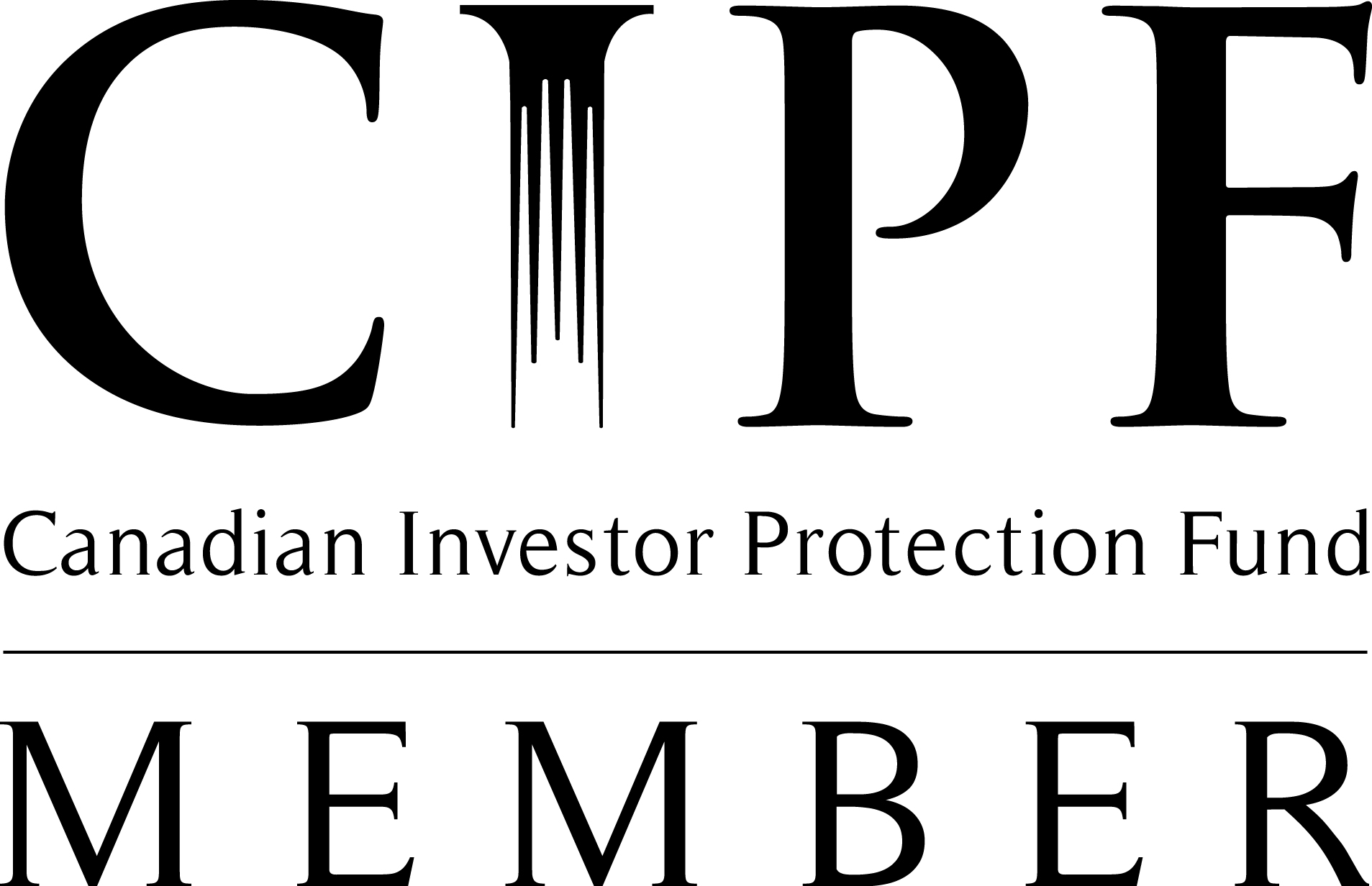When the Market Gets Choppy, Here’s What Matters Most
Markets have been shaky again. New tariffs. Global headlines. Economic tension.
And naturally, investors get uneasy.
If you’ve found yourself wondering, Should we be doing something?
You’re not alone.
But here's the truth: short-term noise isn’t a threat to your long-term success—unless you let it be.
Volatility Is Normal. Discomfort Is Part of the Deal.
Market drops like this aren’t new. History shows:
- A 10% dip happens about every two years
- 20% drops every five
- 30% corrections roughly once a decade
These aren’t system failures. They’re part of the cycle.
The problem isn’t the dip—it’s what we do during it. Fear tempts us to act.
But reacting to emotion isn’t a financial plan.
The Best Gains Come When It Feels Worst
In early 2020, markets dropped fast and hard.
It felt like everything was falling apart.
But by year-end? The market had bounced back—up over 16%.
We saw the same after the 2008 crash.
Big declines followed by strong recoveries.
David Booth, founder of Dimensional Fund Advisors, summed it up in the Financial Times:
“Each crisis can feel like the end of the world when it happens, yet the pattern of recovery stays remarkably consistent… We cannot predict the future, but markets have eventually bounced back. The reward for accepting uncertainty is higher expected returns.”
And here’s the kicker:
- A $10,000 investment in the Russell 3000 over 25 years would’ve grown to over $66,000
- Miss just the best three months? You’re left with around $46,000
That’s a 30% drop—for simply trying to wait until it “felt safe”
In investing, timing your comfort usually means missing your return.
What Does This Mean for You?
Most chiropractors we work with aren’t trying to “beat the market.”
They just want to build wealth without unnecessary stress.
But when headlines scream and your investments dip, it’s easy to feel like you’re doing something wrong.
You're not.
This is where structure matters.
This is why we build a plan, not just a portfolio.
You're running a clinic, raising kids, and trying to stay sane in between.
That’s why your investment plan should run on autopilot—not adrenaline.
Why We Stay the Course
You’ve probably asked yourself at some point, Are we doing this right?
Here’s how you know:
- You’ve got a clear plan
- Your investments match your goals and risk level
- You’re not making big moves when the market moves
If that’s in place, great. Stay seated.
If it’s not, let’s fix it.
Because avoiding short-term noise means creating long-term progress.
Don’t Navigate This Alone
You don’t need more market updates. You need a partner with perspective.
Someone who understands your practice, your cash flow, your goals—and helps you tune out the noise.
If you’ve never had a real financial plan that connects your business and your personal life, this is your sign to start.
Let’s build something that keeps you calm when markets aren’t.
Because financial peace doesn’t come from the news cycle.
It comes from knowing you’re on the right path, no matter what the markets do next.
Want to feel more confident about your financial plan—and everything connected to it?
Book a call and let’s talk.
Resources:
https://www.ft.com/content/7f38e24b-4947-4806-a88b-51aa0ae231b3
https://awealthofcommonsense.com/2022/01/how-often-should-you-expect-a-stock-market-correction





